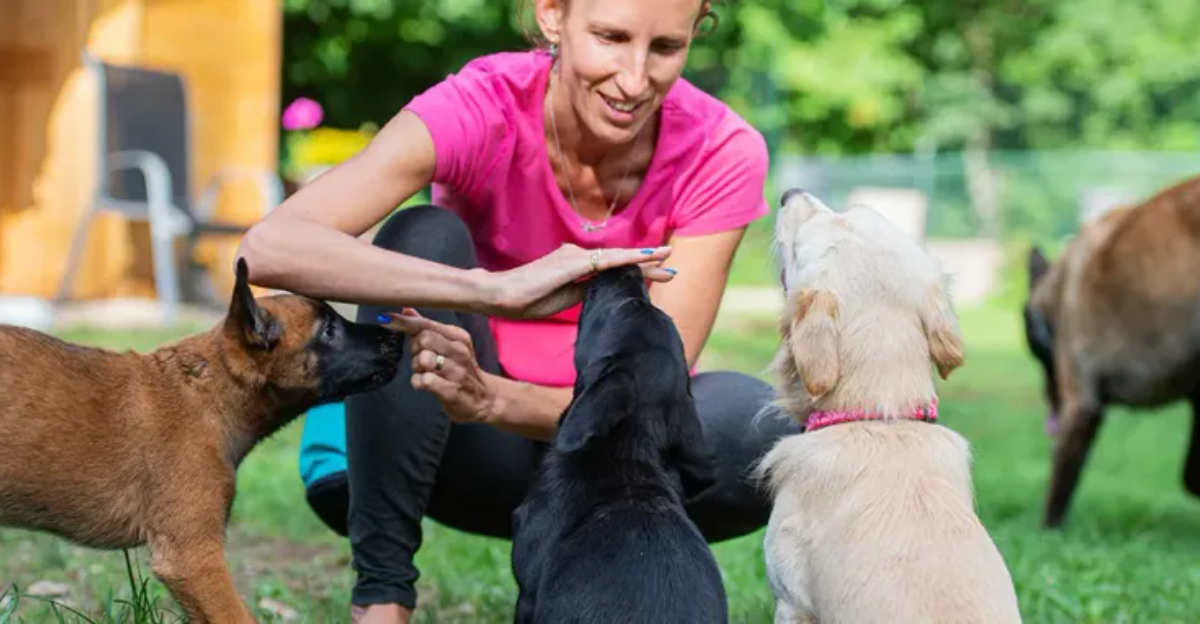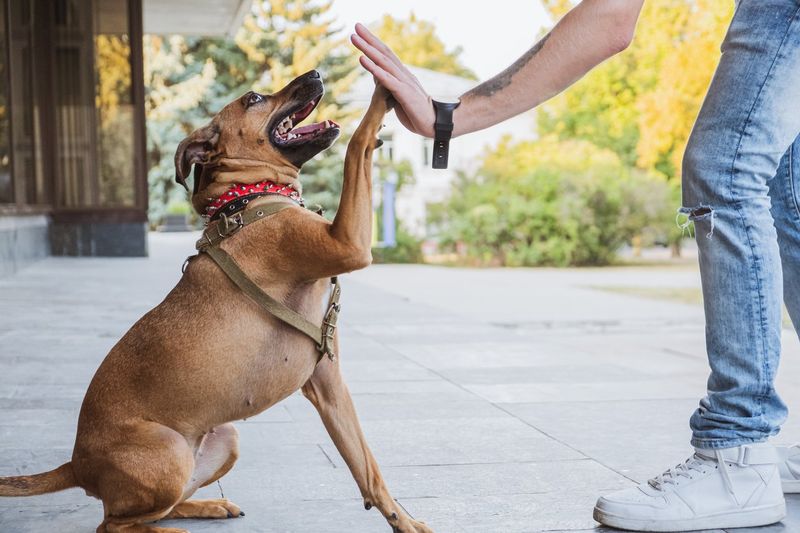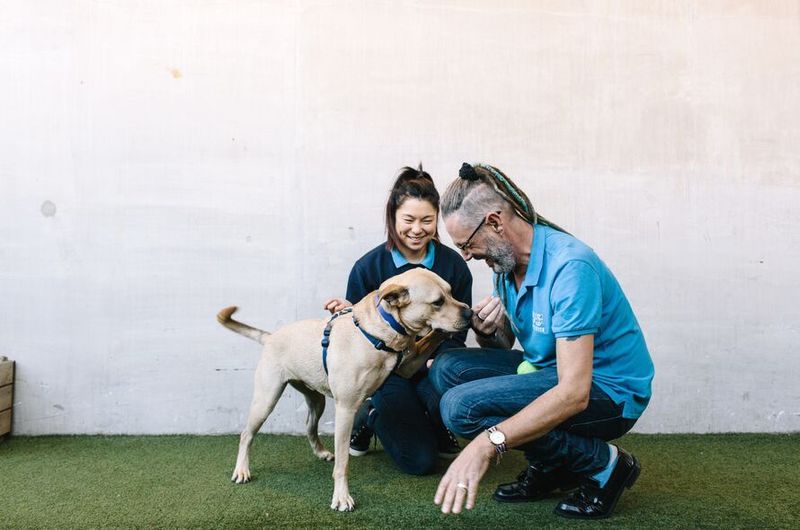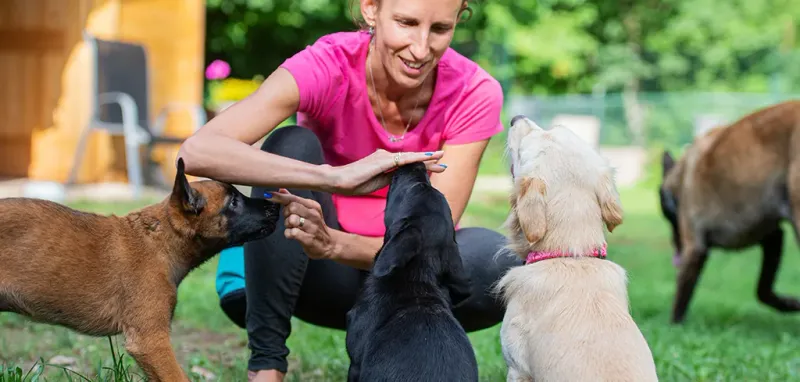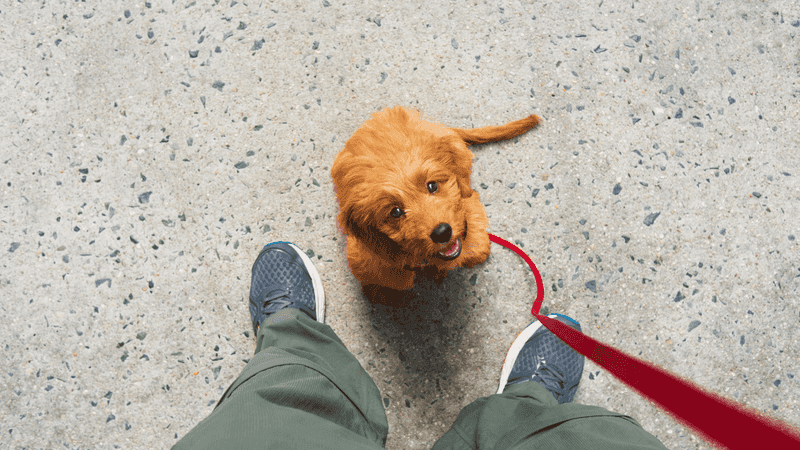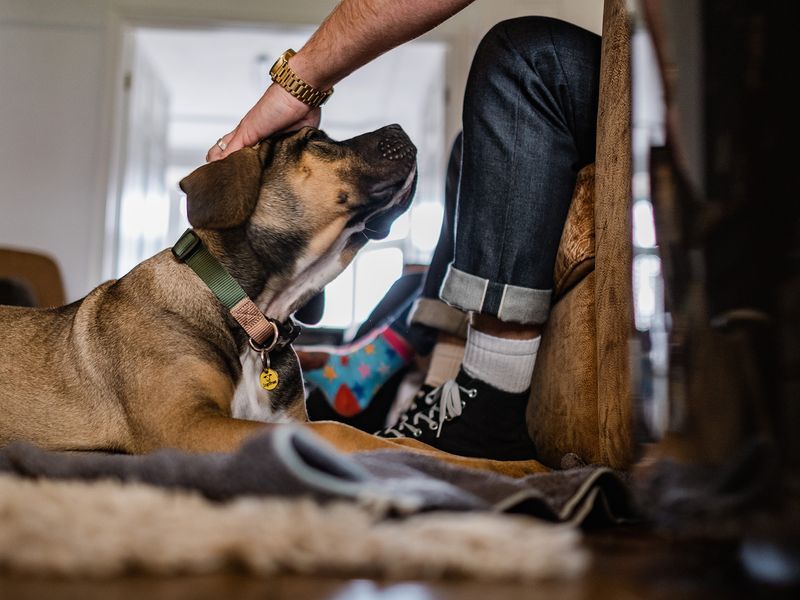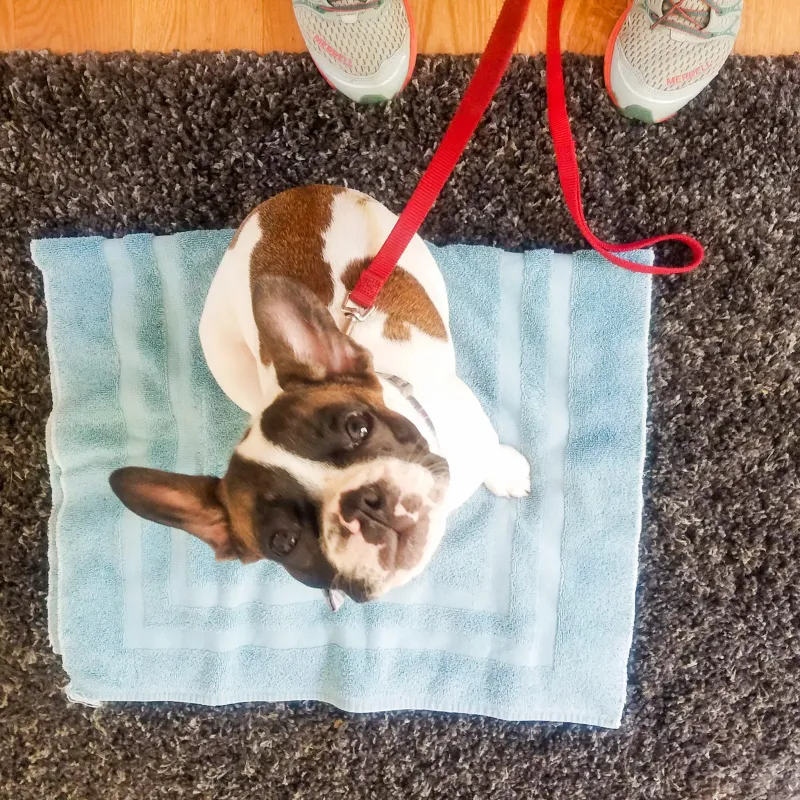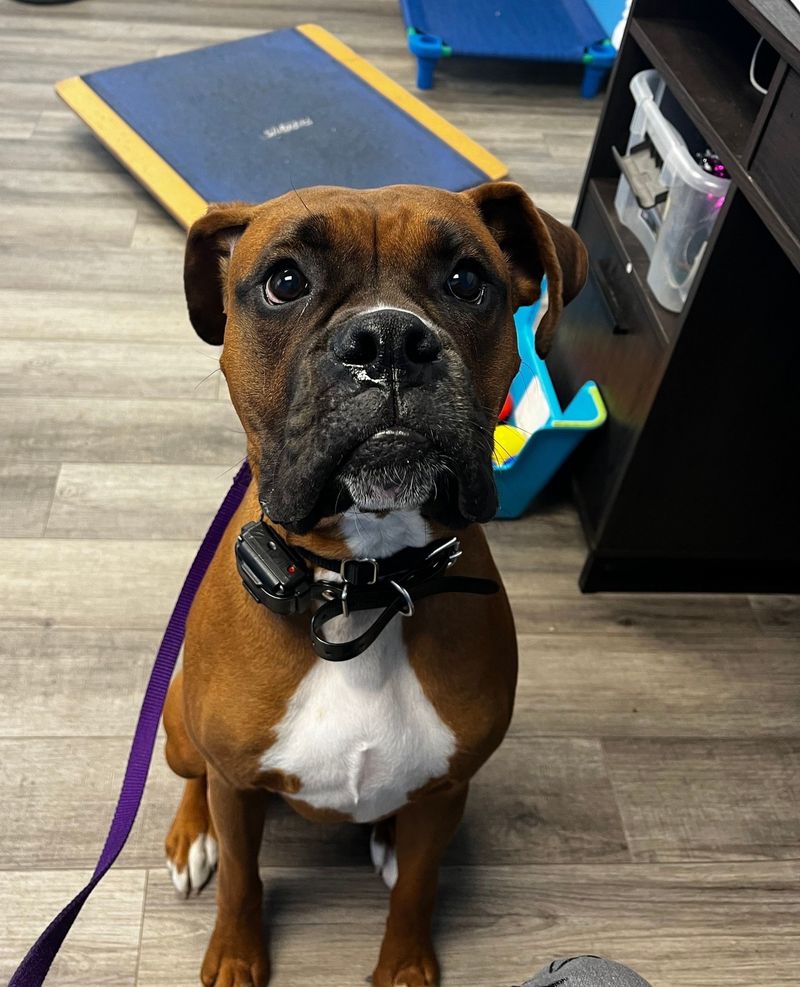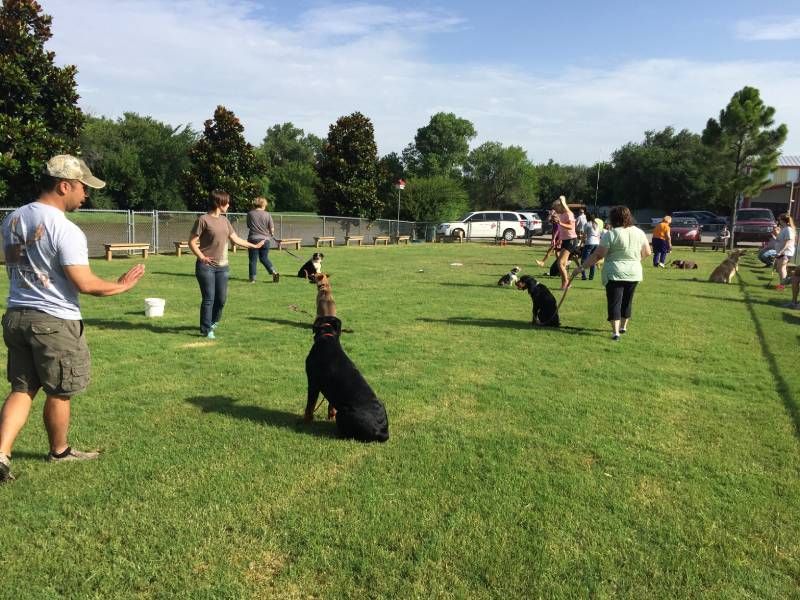Training a dog to be friendly with strangers can be a rewarding experience for both the pet and the owner. With the right techniques and consistency, your dog can learn to greet new people with a wagging tail and a calm demeanor. This guide offers nine expert tips to help your furry friend become more comfortable and well-mannered around unfamiliar faces.
Positive Reinforcement Techniques
Dogs respond well to positive reinforcement. Using treats and praise to reward your dog for calm behavior around strangers can be highly effective. When your dog approaches a new person calmly, give them a treat and verbal praise.
Consistency is key to ensuring your dog understands the behavior expected of them. Over time, they will associate being calm and friendly with rewards. This method not only reinforces good behavior but also strengthens the bond between you and your pet. It encourages your dog to repeat the behavior, knowing they will receive affection and treats.
Controlled Introduction to Strangers
Introducing your dog to strangers should be a controlled process. Start with a familiar environment where your dog feels safe and secure. Invite friends over and instruct them to let the dog approach on its own.
This method helps your dog feel in control and reduces anxiety. Allowing the dog to make the first move can lead to a more positive interaction. Gradually, your dog will learn that meeting new people is a normal part of life. It’s important for the stranger to remain calm and patient, letting the dog acclimate at its pace.
Understanding Body Language Signals
Understanding your dog’s body language is essential. Dogs communicate through gestures, and knowing what to look for can prevent negative encounters. Notice signs of anxiety, such as lip licking or tail tucking.
By recognizing these signals, you can intervene before your dog feels overwhelmed. Encourage behaviors like wagging tails or relaxed ears, indicating comfort. By promoting positive interactions, your dog will feel more at ease around strangers. Educating yourself about these signals fosters a deeper connection and trust with your pet, ensuring a stress-free social experience.
Socialization from a Young Age
Socialization is crucial for a dog’s behavior. Introducing your puppy to different people and environments at a young age helps them become well-adjusted adults. Take your furry friend to various locations, letting them experience new sights and sounds. In this way, your dog learns to associate strangers with positive experiences.
Puppies that are socialized early tend to be more confident and less anxious. By exposing them to various stimuli, you help them develop a balanced and calm nature. As they grow, this early exposure helps them navigate new situations with ease, contributing to their stranger-friendly demeanor.
Regular Exposure to Diverse Environments
Regularly expose your dog to diverse environments to increase their comfort level around strangers. From busy streets to quiet parks, varied experiences contribute to a well-rounded behavior.
Start with less crowded locations, gradually introducing more stimulating environments. This gradual exposure helps build your dog’s confidence. As your dog meets different people, they learn to handle various situations with ease. New environments offer fresh opportunities for positive interactions, reinforcing friendly behavior. Regular exposure ensures your dog remains adaptable and calm, regardless of the setting.
Building Trust and Confidence
Building trust is vital for a dog’s behavior around strangers. Engage in activities that boost your dog’s confidence, such as training games and bonding exercises.
These activities help your dog feel secure, enhancing their ability to interact positively. Trust between owner and dog translates into comfort around new people. Confidence-building exercises reduce anxiety, making encounters with strangers more pleasant. A confident dog, supported by a trusting relationship with its owner, is more likely to greet new people with enthusiasm and curiosity, rather than fear.
Calm and Consistent Commands
Using calm and consistent commands is essential in training. Dogs thrive on routine and clear instructions. When meeting strangers, employ simple commands like ‘sit’ or ‘stay’.
Practicing these commands in various settings reinforces your dog’s ability to remain calm. As strangers approach, guiding your dog with familiar commands helps maintain control. It prevents any impulsive reactions. Consistency in commands assures your dog of what is expected, leading to a predictable and reassuring environment. Gradually, your dog becomes accustomed to strangers without anxiety.
Rewarding Patience and Calmness
Rewarding patience encourages calm behavior. When your dog remains composed around strangers, offer treats or affection. This positive feedback reinforces their patience.
Dogs learn that calmness leads to rewards, promoting a relaxed demeanor. This technique is particularly effective in environments where your dog might feel overwhelmed. By rewarding patience, you teach your dog that good things come to those who wait. Over time, your dog will naturally exhibit calm behavior, confident in knowing that rewards are forthcoming.
Participating in Group Training Classes
Joining group training classes offers socialization and learning opportunities. Surrounded by other dogs and owners, your pet learns to interact in a controlled setting.
These classes provide structure, guiding your dog in proper social behavior. Professional trainers offer valuable insights, tailoring exercises to promote friendly interactions. Your dog benefits from the varied stimuli and interactions, learning to remain calm in a group setting. Group classes are a fun way for your dog to socialize while reinforcing stranger-friendly behavior skills.
